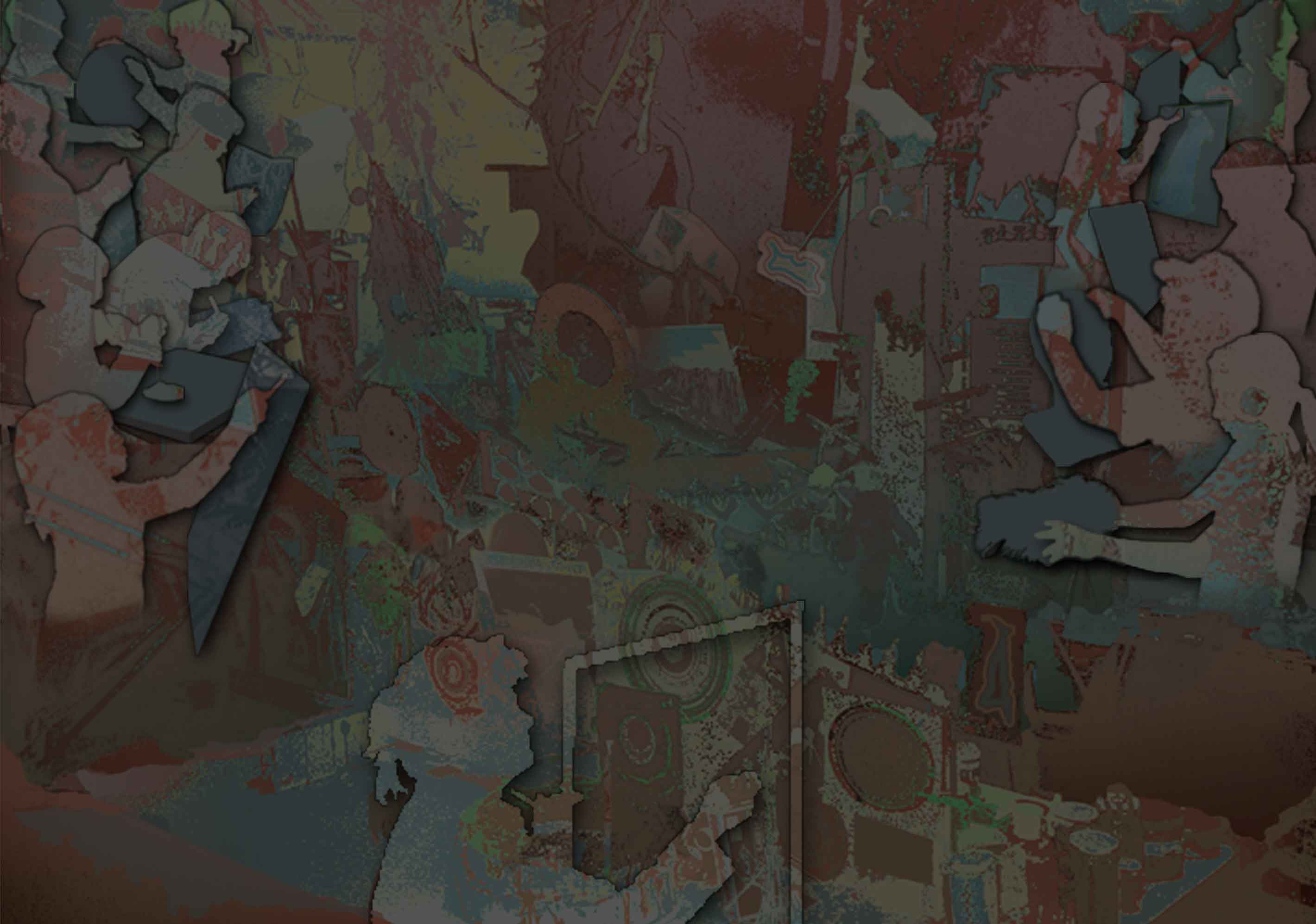Adam Zaretsky’s DNA Workshop, a Great Success
By Kathy In Workshops On August 25, 2014
Just Look at All the Smiling Faces
- acePipette
- globby
- labOverview
- labWalkers
- NewMediaQrt
- NewMediaMonoprints
- spaceman
- unnamable
- unnamable2
HERE ARE THE DO IT YOURSELF PROTOCOLS
DNA ISOLATION MATERIAL
NEEDS FOR THE LAB:
5 meters Cheese Cloth (muslin) (THIS IS THE MOST IMPORTANT THING)
sea Salt
Gloves S M L (optional)
Lab coats, Aprons or other ‘lab coats’ (optional)
Blender (clear: Big Industrial, osterizer or two normal household and a big bowl)
2 each – Detergent/hand soap or liquid Laundry Soap
4 bottles contact lens cleaning solution
enzymes (meat tenderiser, pinapple juice, papaya enzymes [papain])
1 liter bottle Ethanol (98% or 100% prefered … Isopropal works ok but it takes a long time)
Popsicle sticks X 40 or
Wood Coffee stirrers X 40 many clear test tubes
many tubes with screw tops
Ice in a bucket
Bottled Water
Plastic labware
White board or Black Board or large piece of paper
5 large black permanent markers
10 fine point black permanent markers
And samples of things with DNA in them from many phyla:
Mushrooms
Beets
Yogurt
Brewers Yeast
Raw nuts and fruit
Onion
Flowers
Soil
All veggies
Leaves
Wheatgrass juice
Cheese
Tofu
Miso
Kombucha
Probiotics
Mushrooms, all kinds
THE PROTOCOL:
HYBRID DNA ISOLATION
How to Extract DNA from Anything Living in the Laboratory or in your Kitchen. A Compare and Contrast Laboratory and Hobbyist Workshop.
DNA (deoxyribonucleic acid) is found in all living cells. These cells can be of plant, animal, fungus, bacterial protozoa and even viral particles. Many varieties of samples can be taken from various food, pets, pests, human bodies, laboratories and free or not so free living portions of the outdoors. Some recently alive ‘materials’ that you think might not have DNA are worth testing through extraction. Different cellular or multicellular organisms can be encouraged to grow by giving them food and an otherwise sterile and comfortable place to live. The definition of food and comfort is dependant on which living being it is that you want to sample. Sometimes ‘volunteer’ organisms can be attracted to an experimental food laden ‘homes.’ Participants are requested to bring one or more samples of living, growing, raw or recently alive materials for Isolation and Purification of an admixture of these samples. Adam Zaretsky will guide this hands-on lab and discussion on extracting and Isolating Hybrid DNA.
Hobbyist Protocols
Kitchen requirements:
DNA extraction
Some Good Salt
Gloves S M L
Apron or other ‘lab coats’
Blender
Detergent/hand soap, Laundry Soap, Woolite or contact lens cleaning solution
1 bottle
enzymes (meat tenderiser, pinapple juice, papaya enzymes)
Ethanol, Isopropyl or very high proof liquor (i.e. 151 rum) 1 bottle
Popsicle sticks X 20 or
chopsticks X 10 pair
many clear glasses or test tubes (with screw tops preferred)
Ice
Bottled Water
Cheese Cloth
Lab Protocol:
You should wear a lab coat and gloves.
(There is no eating, drinking, etc. in lab!)
Present Samples:
First, you need to find something that contains DNA. Since DNA is the blueprint for life, everything living contains DNA. That is simple, right? For this experiment, we wanted as many varieties of samples as possible. We will take a portion of everything that is provided. Participants have been requested to bring one or more samples of living, growing, raw or recently alive materials for Isolation and Purification of an admixture of these samples.
Mixing Sources to Escape Definition:
Put into the blender:
* Your DNA sources.., that is… some portion of all samples that each person has brought to this lab… no matter how gross.
* Say the name of each sample as you add it to the blender (chanting the name is OK. It is even a traditional early scientific metonymic exercise/exorcism!)
* Add a large pinch or three of table salt (1ml/100ml of source)
* Add Twice as much cold water as the DNA source (Use Distilled Water, Spring water, Artesian Water, Double Distilled Water, Tap Water or Rain Water)
Blend on high for 15 seconds.
The blender separates the sample cells from each other, so you now have a really thin hybrid cell soup. Stop and discuss what is in the blender? List the sources again and then try to come up with names for a mixture of these sources. Let each participant write down their own name for the unnameable chimera in the blender.
DNA Extraction PRACTICAL :
This lab calls for isolation of DNA using:
The Soap and meat Tenderizer Kitchen Method
Cell Lysis:
Pour your thin unnameable cell soup through a strainer into another container (like a measuring cup).
How much gloop soup do you have? Add about 1/6 of that amount of liquid detergent (dish soap or castile soap.) Swirl to mix. Let the mixture sit for 5-10 minutes.
The soap lyses the cells with lye. Lye, which the a grease cutting agent in soap, breaks open cell membranes and bursts the nucleus of most cells. After the 5-10 minute wait, the cell and nuclear membranes have been broken apart, as well as all of the organelle membranes, such as those around the mitochondria and chloroplasts.
DNA Digest:
1. Pour the mixture into test tubes or other small glass containers, each about 1/3 full.
2. Add a pinch of enzymes to each test tube and stir gently. Be careful! If you stir too hard, you’ll break up the DNA, making it harder to see.
Use meat tenderizer for enzymes. If you can’t find tenderizer, try using pineapple juice or contact lens cleaning solution. Vegetarians can use papaya enzymes, even though meat tenderiser is not made out of meat.
The enzymes cut up the DNA thereby allowing these smaller strands to detwine from any remaining proteins (ribosomes ,etc.)
DNA Precipitation:
Tilt your test tube and slowly pour ice cold rubbing alcohol (70-95% isopropyl alcohol, ethyl alcohol or a quality Vodka) into the tube down the side so that it forms a layer on top of the mystery mixture. Pour until you have about the same amount of alcohol in the tube as pea mixture. (Hint: It may help to chill your alcohol a bit.)











Comments are closed here.